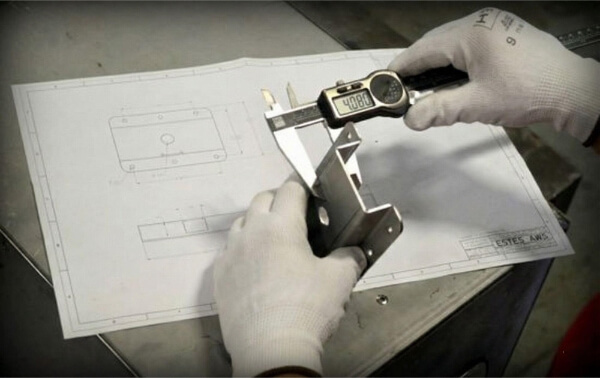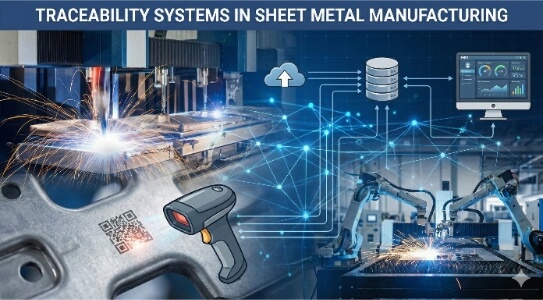Are you looking into CNC machining for your next project but need clarification on the costs? CNC machining offers precision and efficiency, making it a popular choice for many manufacturing needs. However, understanding the factors that influence the cost can be challenging. Let’s break down these elements and provide tips to help you budget effectively.
CNC machining cost depend on several critical factors, including material type, design complexity, production volume, and machine time. Considering these elements, you can better estimate your project costs and make informed decisions.
It’s crucial to grasp these cost factors to avoid surprises. Let’s delve into each aspect to give you a clearer picture of what to expect.
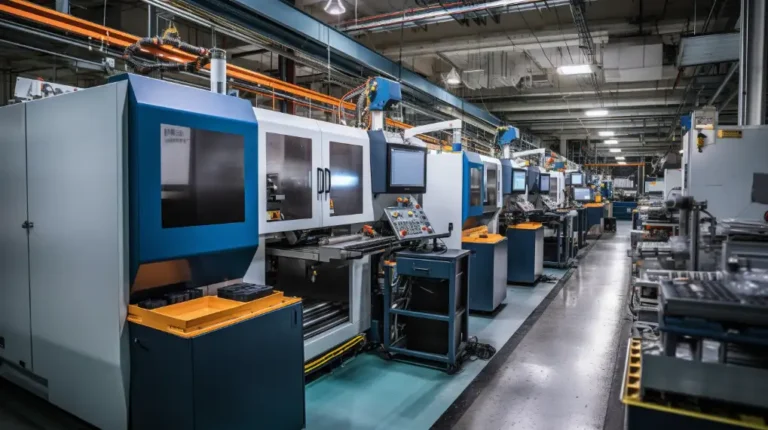
What is CNC Machining?
CNC machining, or Computer Numerical Control machining, is a manufacturing process that uses computerized controls to operate and manipulate machine tools. This technology allows for precise and efficient production of complex parts and components from various materials, including metals, plastics, and composites.
How CNC Machining Works
CNC machining starts with creating a digital 3D model of the part to be produced, typically using CAD (Computer-Aided Design) software. This model is then translated into instructions using CAM (Computer-Aided Manufacturing) software. These instructions guide the CNC machine on how to move its tools and shape the material.
Importance of Understanding CNC Machining Costs
Impact on Budgeting and Planning
Understanding CNC machining costs is crucial for accurate budgeting and planning. When you know what to expect, you can allocate your resources more effectively. This knowledge helps in setting realistic budgets and avoiding unexpected expenses. It allows you to plan for the entire project lifecycle, from prototyping to mass production, ensuring that each phase is adequately funded.
Influence on Pricing Strategies
The cost of CNC machining directly influences your pricing strategies. Understanding these costs allows you to set competitive prices for your products while maintaining profitability. Knowing the cost structure helps identify areas where you can reduce expenses without compromising quality.
Factors Influencing CNC Machining Costs
Many factors influence the cost of CNC machining projects and how much you should charge. The average machining cost per hour can range significantly, from as low as $50 to as high as $500 – or even more, depending on the job’s specifics.
Material Costs
Common Materials Used
CNC machining commonly utilizes aluminum, steel, titanium, and various plastics. Each material has unique properties that make it suitable for specific applications.
Cost Differences Between Materials
The cost of materials in CNC machining can vary widely based on their properties and machinability. For example, aluminum, a commonly used material, typically costs around $2 to $3 per pound. In contrast, stainless steel can range from $3 to $5 per pound due to its higher strength and corrosion resistance. Titanium, known for its excellent strength-to-weight ratio and durability, can cost significantly more, often between $10 to $20 per pound. Plastics like ABS or Nylon are generally cheaper, ranging from $1 to $2 per pound.
Labor Costs
Skilled Labor vs. Unskilled Labor
Skilled labor is essential for operating CNC machines and ensuring precision. This expertise comes at a higher cost compared to unskilled labor. Investing in skilled labor can reduce errors and improve quality.
Regional Variations in Labor Costs
Labor costs vary by region. Countries with lower labor costs can offer more competitive pricing, but balancing cost with quality and reliability is essential.
Machine Costs
Types of CNC Machines
Different CNC machines have varying costs. Primary 3-axis machines generally cost between $30,000 and $50,000, making them more affordable for more straightforward machining tasks. Advanced 5-axis machines, which offer greater precision and flexibility, can range from $100,000 to $300,000.
Purchase vs. Leasing Options
Purchasing a CNC machine involves a significant initial investment but can be cost-effective in the long run. Leasing provides flexibility and lower upfront costs but may be more expensive.
Tooling Costs
Initial Tooling Investment
Investing in high-quality tooling is crucial for precision and efficiency. Initial costs can be high, but quality tooling reduces machining time and wear.
Maintenance and Replacement Costs
Regular maintenance and timely replacement of tools are necessary to maintain machining accuracy. These ongoing costs should be factored into the overall budget.
Software Costs
CAD/CAM Software Expenses
Advanced CAD/CAM software is essential for designing and programming CNC machines. The cost of this software can vary based on features and capabilities.
Licensing and Subscription Fees
In addition to the initial purchase, many CAD/CAM software programs require ongoing licensing or subscription fees. These recurring costs need to be included in the overall cost calculation.
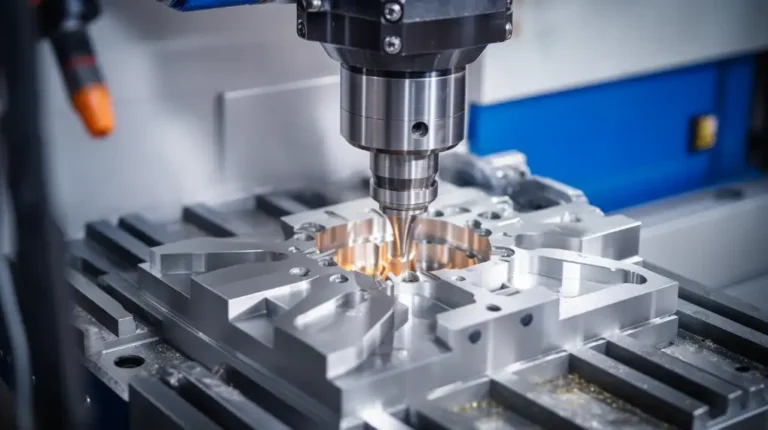
Cost Breakdown of CNC Machining Projects
Setup Costs
Machine Setup Time
Setting up the CNC machine involves preparing it for a specific job. This includes loading the material, configuring the machine parameters, and programming the CNC machine. Setup time can vary depending on the project’s complexity and can be a significant part of the initial cost.
Calibration and Testing
Calibration ensures that machines operate with high accuracy. The accuracy and quality of the machine are tested using samples before full-scale production begins.
Operational Costs
Power Consumption
CNC machines consume significant amounts of power, especially during extended operations. The cost of electricity can add up, particularly for large-scale or continuous production runs. Efficient energy management can help reduce these costs.
Machine Wear and Tear
Operational costs also include wear and tear on the CNC machine. Regular maintenance is required to keep the machine in optimal condition. Over time, parts may need to be repaired or replaced, adding to the project’s overall cost.
Post-Processing Costs
Finishing and Surface Treatment
After machining, parts often require finishing processes such as deburring, polishing, or coating to achieve the desired surface quality and appearance. These post-processing steps can add significant costs, depending on the level of finish required.
Quality Control and Inspection
Ensuring that the final products meet quality standards involves rigorous inspection and testing. These processes are vital to maintaining high standards but can also increase project costs.
Strategies to Optimize CNC Machining Costs
Efficient Material Use
Reducing Waste
Minimizing material waste is crucial for cost savings. Efficient nesting of parts on the material sheet and optimizing cut paths can significantly reduce scrap.
Material Selection Strategies
Selecting the suitable material for your application can balance cost and performance. Choosing materials that are easier to machine can lower machining time and tool wear, leading to cost savings.
Optimizing Machine Utilization
Scheduling and Workflow Management
Effective scheduling ensures that machines are used to their full potential. Avoiding downtime by planning jobs and coordinating workflow can enhance productivity.
Preventive Maintenance Practices
Regular preventive maintenance keeps CNC machines running smoothly and reduces unexpected breakdowns. Scheduled maintenance helps identify and fix issues before they become significant problems, thereby reducing repair costs and extending the machine’s lifespan.
Reducing Labor Costs
Automation and Robotics
Incorporating automation and robotics can significantly reduce labor costs. Automated loading and unloading of materials, as well as robotic machining processes, enhance efficiency and reduce the need for manual labor.
Training and Skill Development
Investing in training and skill development for your workforce improves efficiency and reduces errors. Skilled operators can run machines more effectively and troubleshoot minor issues, minimizing downtime.
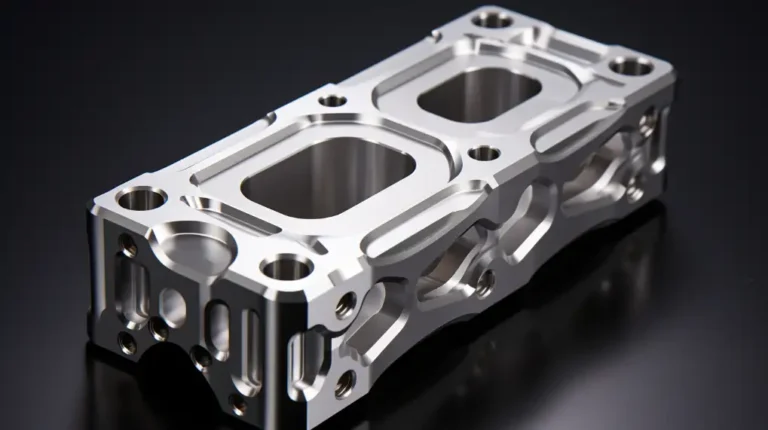
Pricing Models in CNC Machining
Cost-Plus Pricing: How it Works?
Cost-plus pricing involves calculating the total cost of production and adding a markup percentage to determine the final price. This method ensures that all costs are covered and a profit margin is achieved. The formula typically used is:
Final Price=Total Cost+(Total Cost×Markup Percentage)
Pros and Cons
Pros:
- Simple and straightforward to implement.
- Ensures all costs are covered, and profitability is maintained.
- Easy to justify prices to customers based on clear cost breakdowns.
Cons:
- It may not reflect market conditions or competitive pricing.
- This can lead to higher prices if costs are not well-managed.
- Does not consider customer willingness to pay or perceived value.
Market-Based Pricing
Competitive Analysis
Market-based pricing involves setting prices based on the analysis of competitors’ pricing and market conditions. This method requires monitoring the prices of similar products or services in the market and adjusting your prices to remain competitive.
Market Trends and Influences
Keeping an eye on market trends and influences, such as technological advancements and supply chain dynamics, helps set competitive and profitable prices. This approach ensures your pricing strategy aligns with current market demands and customer expectations.
Value-Based Pricing
Customer Perceived Value
Value-based pricing focuses on setting prices based on the perceived value to the customer rather than the cost of production. This method requires understanding what customers are willing to pay for your product’s unique benefits and quality.
Implementation Strategies
To implement value-based pricing:
- Gather customer feedback to understand their needs and preferences.
- Highlight your products’ unique features and advantages that justify a higher price.
- Continuously assess and adjust prices based on customer perceptions and market responses to reflect delivered value.
Conclusion
Understanding the various factors influencing CNC machining costs is essential for effective budgeting and planning. From material costs to labor, machine, tooling, and software expenses, each element plays a crucial role in determining the overall price of a machining project. By optimizing material use, machine utilization, and labor costs, you can significantly reduce expenses without compromising quality.
Do you need a reliable sheet metal parts manufacturer? Shengen is the place to go. We specialize in sheet metal laser cutting, bending, surface finish, and CNC Machining. Reach out to Shengen Today and seek help from professionals!
FAQs
How can I reduce my CNC machining costs?
You can reduce CNC machining costs by optimizing your design to make it simpler and quicker to machine. Choose materials that are both cost-effective and suitable for your project. Increasing production volumes can lower the cost per unit due to economies of scale. Efficient scheduling and workflow management help maximize machine utilization and minimize downtime.
Are there any hidden costs in CNC machining?
Yes, there can be hidden costs in CNC machining. These may include setup and calibration time, tooling maintenance and replacement, software licensing fees, and quality control inspections. Power consumption and machine wear and tear also contribute to the overall cost.
What pricing model is best for CNC machining services?
The best pricing model for CNC machining services depends on your business strategy and market conditions. Cost-plus pricing ensures all costs are covered, and a profit margin is achieved, making it simple and transparent. Market-based pricing allows you to stay competitive by adjusting prices based on market trends and competitor analysis.
How can technological advancements impact CNC machining costs?
Technological advancements can significantly impact CNC machining costs by improving efficiency, precision, and speed. Innovations such as advanced CAD/CAM software, automation, and robotics reduce manual labor and machine setup times, lowering operational costs.
More Resources:
3-axis and 5-axis CNC machines – Source: Sybridge
Optimizing CNC machining designs – Source: American Micro
Effective workflow management – Source: Monday
Hey, I'm Kevin Lee

For the past 10 years, I’ve been immersed in various forms of sheet metal fabrication, sharing cool insights here from my experiences across diverse workshops.
Get in touch

Kevin Lee
I have over ten years of professional experience in sheet metal fabrication, specializing in laser cutting, bending, welding, and surface treatment techniques. As the Technical Director at Shengen, I am committed to solving complex manufacturing challenges and driving innovation and quality in each project.

